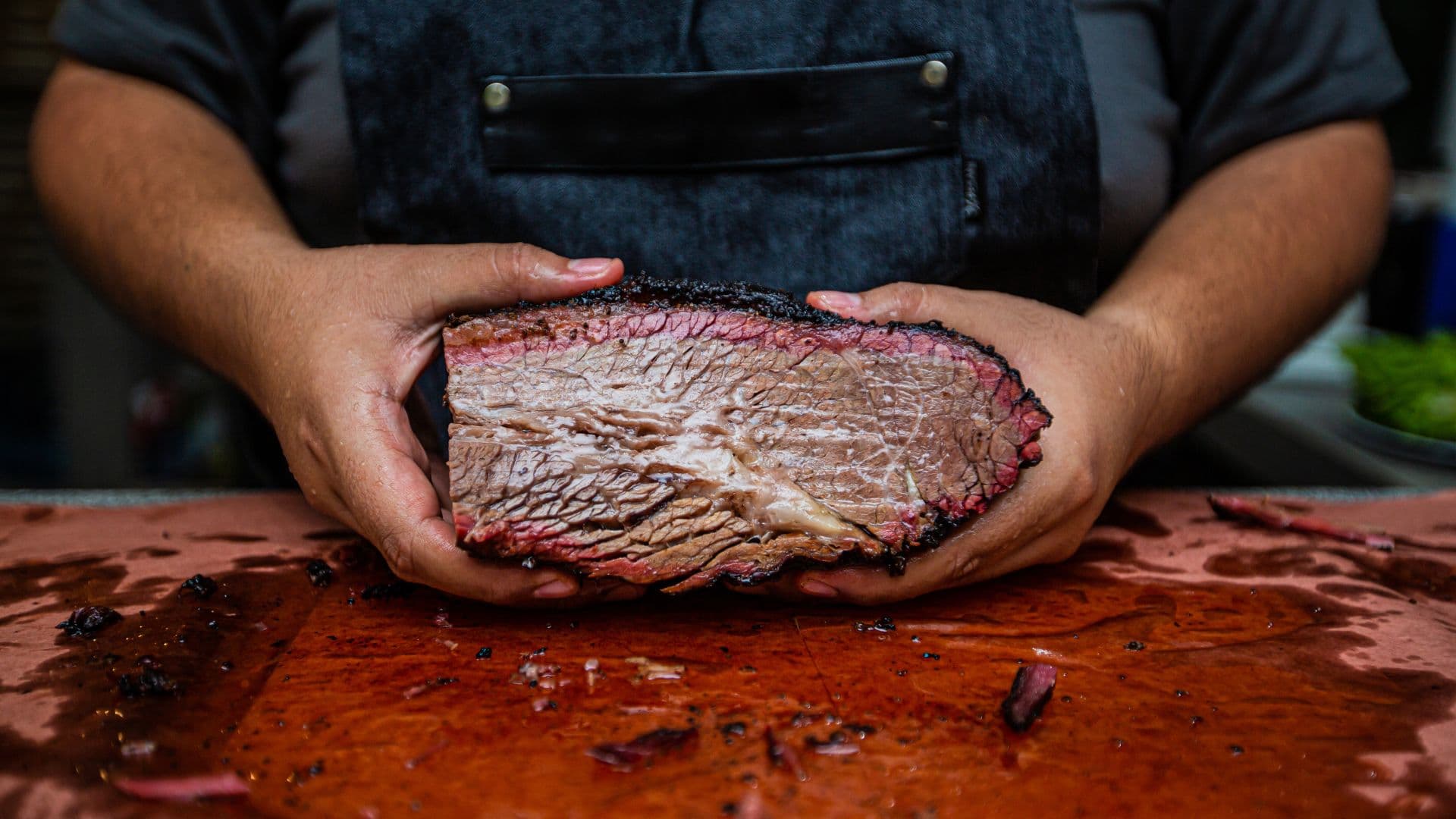Mastering Protein Tenderness
Learn to cook proteins to perfect tenderness by understanding how they transform with heat rather than relying on exact recipe times. This skill works for any meat, fish, or plant protein across all cooking methods.

Learning Objectives
Introduction
Think about the last time you cooked a piece of meat, fish, or even tofu. Perhaps it came out perfectly tender, or maybe it ended up tough and disappointing. The difference often comes down to one crucial factor: timing. But timing isn't just about watching a clock—it's about understanding how heat transforms proteins and recognizing when they've reached their perfect state of tenderness.
When we cook proteins, we're initiating a complex transformation. Muscle fibers contract, connective tissues break down (or toughen up), and moisture moves through the food. These changes don't occur at uniform rates across all proteins. A delicate fish fillet might reach perfect tenderness in minutes, while a tough cut of beef might need hours to become succulent.
In this lesson, we'll explore the fundamental principles that govern protein cooking across all methods. Rather than memorizing cooking times for specific cuts, you'll learn to observe and respond to the changes happening as proteins cook. This knowledge will serve you well whether you're grilling a steak in the backyard, simmering a hearty stew, or preparing a delicate piece of fish.
Stay Updated with KotiChef
Subscribe to our newsletter to be the first to know about new features, lessons, recipes and tools. We'll keep you informed about everything we're cooking up.